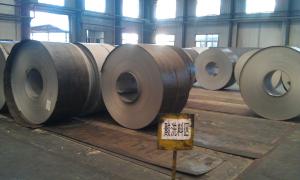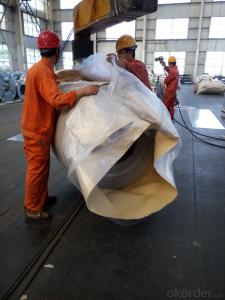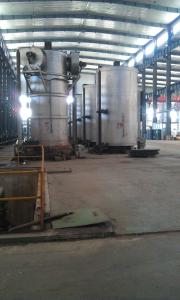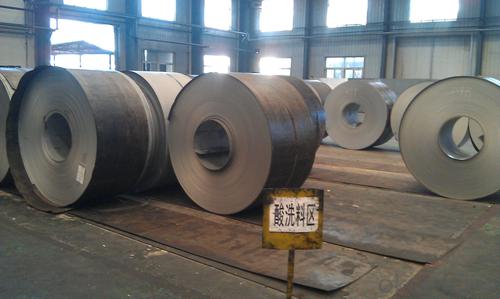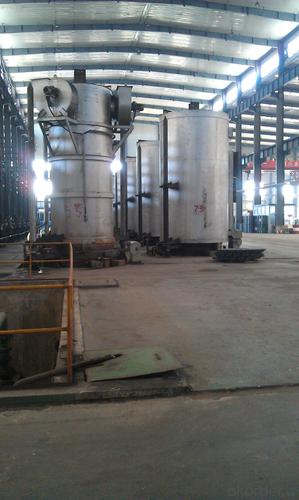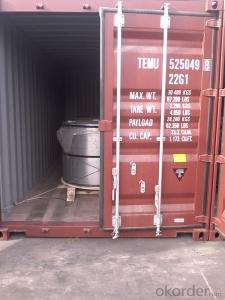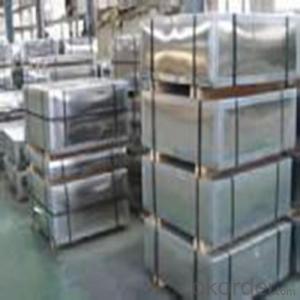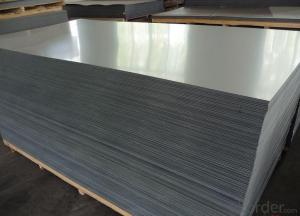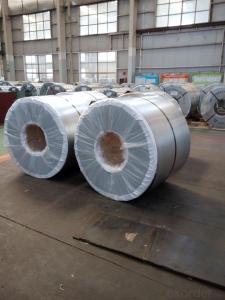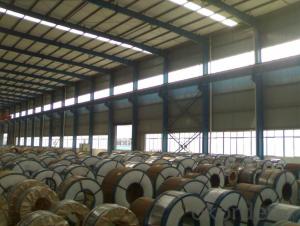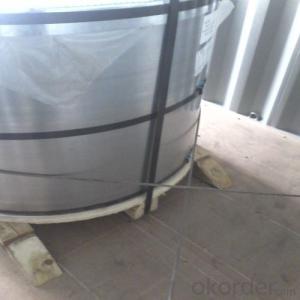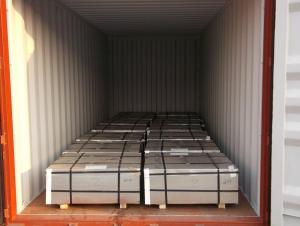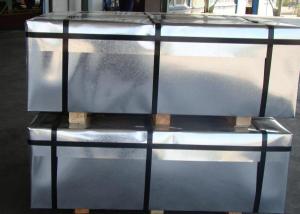Electrolytic Tinplate for Useage Of Chemical or Industrial Package
- Loading Port:
- Tianjin
- Payment Terms:
- TT OR LC
- Min Order Qty:
- 50 m.t.
- Supply Capability:
- 30000 m.t./month
OKorder Service Pledge
OKorder Financial Service
You Might Also Like
Specification
1.Structure of Electrolytic Tinplate for Useage of Chemical or Industrial Package Description
Electrolytic Tinplate is a thin steel sheet coated by tin. It has an extremely beautiful metallic luster as well as excellent properties in corrosion resistance, solder ability, and weld ability.
Tinplate is also widely used for making all types of containers such as food cans, beverage cans, and artistic cans, tea cans, painting cans, chemical package cans and dry food package cans, metal printing etc. Its applications are not limited to containers; recently, electrolytic tinplate has also been used for making electrical machinery parts and many other products.
2.Main Features of the Electrolytic Tinplate for Useage of Chemical or Industrial Package
Appearance – Tinplate is characterized by its beautiful metallic luster. Products with various kinds of surface roughness are produced by selecting the surface finish of the substrate steel sheet.
Paintability and printability – Tinplates have excellent paintability and printability. Printing is beautifully finished using various lacquers and inks.
Formability and strength – Tinplates have got very good formability and strength. By selecting a proper temper grade, appropriate formability is obtained for different applications as well as the required strength after forming.
Corrosion resistance – Tinplate has got good corrosion resistance. By selecting a proper coating weight, appropriate corrosion resistance is obtained against container contents. Coated items should meet 24 hour 5 % salt spray requirement.
Solderability and weldability – Tinplates can be joined both by soldering or welding. These properties of tinplate are used for making various types of cans.
Hygienic – Tin coating provides good and non toxic barrier properties to protect food products from impurities, bacteria, moisture, light and odours.
Safe – Tinplate being low weight and high strength makes food cans easy to ship and transport.
Eco friendly – Tinplate offers 100 % recyclability.
Tin is not good for low temperature applications since it changes structure and loses adhesion when exposed to temperatures below – 40 deg C.
3.Electrolytic Tinplate for Useage of Chemical or Industrial Package Images
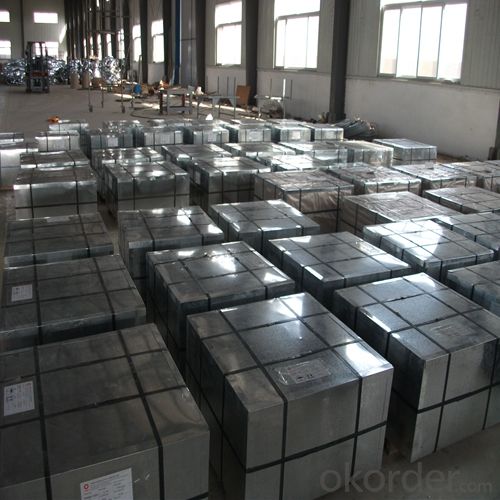
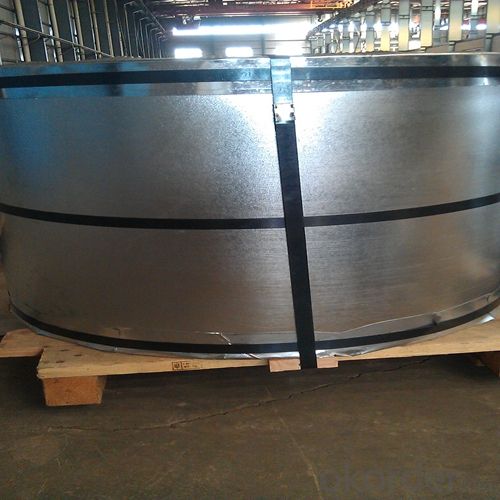
4.Electrolytic Tinplate for Useage of Chemical or Industrial Package Specification
Specification of :
Standard: ISO 11949 -1995, GB/T2520-2000,JIS G3303,ASTM A623, BS EN 10202
Material: MR,SPCC
Thickness:0.15mm - 0.50mm
Width: 600mm -1150mm
Temper: T1-T5
Annealing: BA & CA
Coil Inner Diameter: 508mm
Weight: 6-10 tons/coil 1~1.7 tons/sheets bundle
Passivation:311
Oil: DOS
Surface: Finish,bright,stone,matte,silver
5.FAQ of Electrolytic Tinplate for Useage of Chemical or Industrial Package
- What is tinning and how does it work?
Tinning is the process of thinly coating sheets of wrought iron or steel with tin, and the resulting product is known as tinplate. It is most often used to prevent rust.
- Do you only have prime quality tinplate?
We can supply both prime and second quality tinplate.
- Q: What are the regulations regarding tinplate packaging?
- The regulations regarding tinplate packaging vary depending on the country or region. However, in general, tinplate packaging must comply with certain standards to ensure its safety and suitability for use. These standards may include specifications for the tinplate material, its thickness, coating composition, and overall quality. Additionally, regulations often exist concerning labeling requirements, such as providing accurate information about the contents, proper handling instructions, and any necessary warnings. It is essential for manufacturers and suppliers to stay updated on the specific regulations applicable to their respective markets to ensure compliance and consumer safety.
- Q: What are the main factors affecting tinplate coil surface finish?
- The main factors affecting tinplate coil surface finish are the quality of the tin coating, the cleanliness of the substrate, the surface roughness of the steel base, and the processing conditions during manufacturing.
- Q: How does tinplate perform in terms of UV resistance?
- Tinplate has limited UV resistance and is not inherently UV stable. However, it can be coated or painted with UV-resistant materials to enhance its resistance to UV radiation.
- Q: What are the typical cost considerations for tinplate packaging?
- The typical cost considerations for tinplate packaging include the cost of raw materials, manufacturing and labor costs, production volume, design complexity, customization requirements, transportation costs, and any additional finishing or coating expenses.
- Q: What are the common sizes and shapes of tinplate containers?
- Common sizes and shapes of tinplate containers include round cans, rectangular tins, and square boxes. The sizes of these containers can vary, but some standard sizes include 8-ounce, 16-ounce, and 32-ounce cans.
- Q: How does tinplate perform in terms of light protection?
- Tinplate performs fairly well in terms of light protection. Its metal composition provides a good barrier against light, preventing the penetration of UV rays and reducing the risk of light-induced degradation or spoilage of the contents. However, its light protection capabilities may vary depending on the thickness and quality of the tin coating applied to the steel substrate.
- Q: What are the main competitors of tinplate in the packaging industry?
- The main competitors of tinplate in the packaging industry include aluminum, plastic, and glass.
- Q: What are the different coatings used on tinplate?
- There are several different coatings used on tinplate, including tin-free steel (TFS), electrolytic tinplate (ETP), and tin-coated steel (TCS). Each coating provides specific benefits and functionalities to the tinplate, such as corrosion resistance, durability, and improved appearance.
- Q: What about tin cans?
- Galvanized iron: galvanized iron for daily use, such as box, water pipe, etc.Tin: tin plated iron. Usually used for food packaging. Such as canned goods
- Q: What are the advantages of using tinplate for medical packaging?
- There are several advantages of using tinplate for medical packaging. Firstly, tinplate is highly durable and provides excellent protection to the packaged medical products. It is resistant to corrosion, ensuring the integrity and safety of the contents. Secondly, tinplate is lightweight yet sturdy, making it easy to handle and transport. This reduces shipping costs and prevents damage during transit. Additionally, tinplate is impermeable to moisture, oxygen, and light, providing a high level of product protection and extending the shelf life of medical supplies. Lastly, tinplate is recyclable and has a low environmental impact, making it a sustainable choice for medical packaging.
Send your message to us
Electrolytic Tinplate for Useage Of Chemical or Industrial Package
- Loading Port:
- Tianjin
- Payment Terms:
- TT OR LC
- Min Order Qty:
- 50 m.t.
- Supply Capability:
- 30000 m.t./month
OKorder Service Pledge
OKorder Financial Service
Similar products
Hot products
Hot Searches
Related keywords
